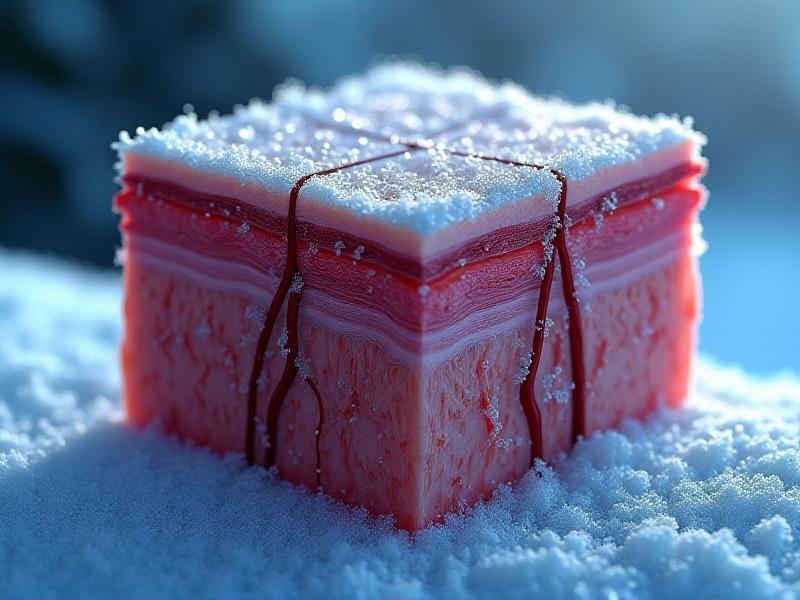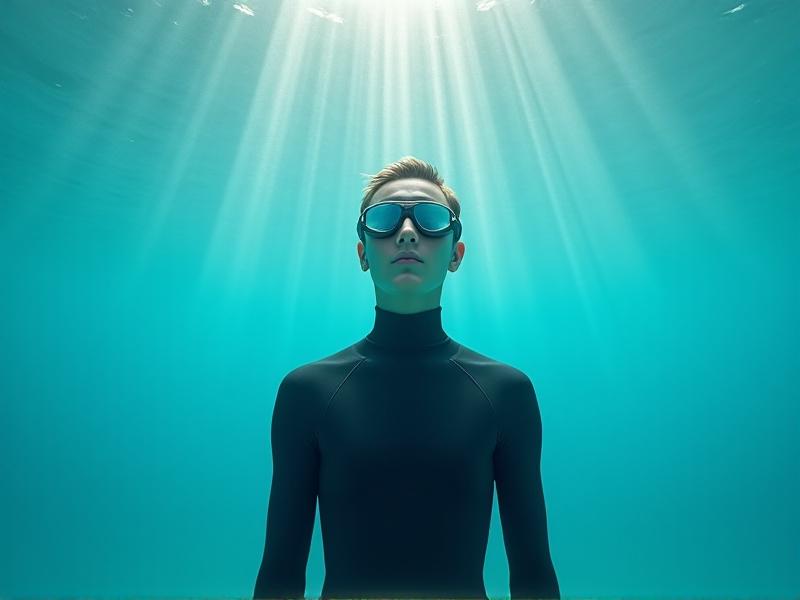Solar-Powered Ice Bath Cooling Systems
The Rise of Solar-Powered Ice Bath Cooling Systems
As sustainability becomes a cornerstone of modern innovation, solar-powered ice bath cooling systems are emerging as a groundbreaking solution for athletes, wellness enthusiasts, and eco-conscious communities. These systems combine renewable energy with advanced refrigeration technology to provide efficient, low-cost cooling for recovery and therapeutic purposes. By harnessing the sun’s energy, they eliminate reliance on traditional power grids, reduce carbon footprints, and offer a scalable alternative for both individual and commercial use.
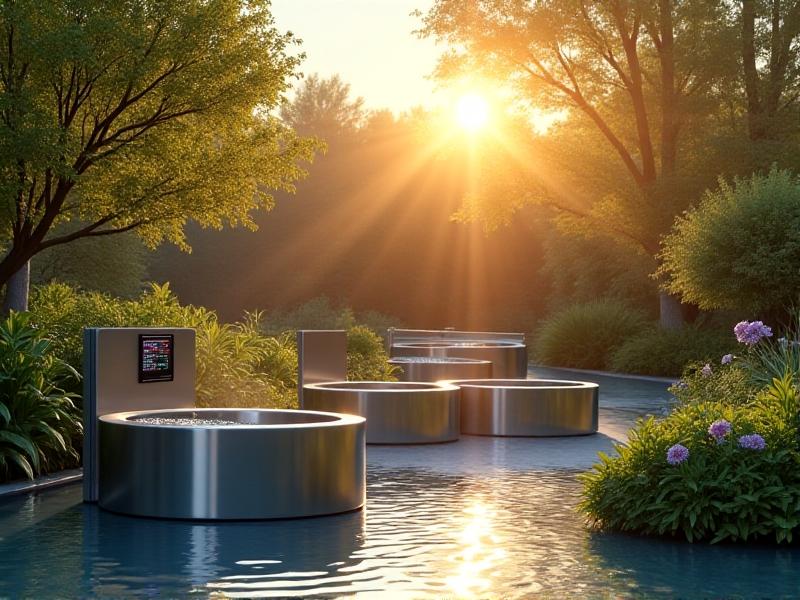
How Solar-Powered Ice Bath Systems Work
At their core, these systems integrate three key components: solar panels, a refrigeration unit, and an insulated ice bath reservoir. Solar panels convert sunlight into electricity, which powers a compressor-based or absorption chiller to cool water or a glycol solution. The chilled liquid circulates through coils in the reservoir, maintaining water temperatures between 50°F (10°C) and 59°F (15°C). Advanced models include energy storage batteries to ensure functionality during cloudy days or nighttime. Sensors and programmable controllers enable precise temperature management, while insulated tanks minimize energy loss.
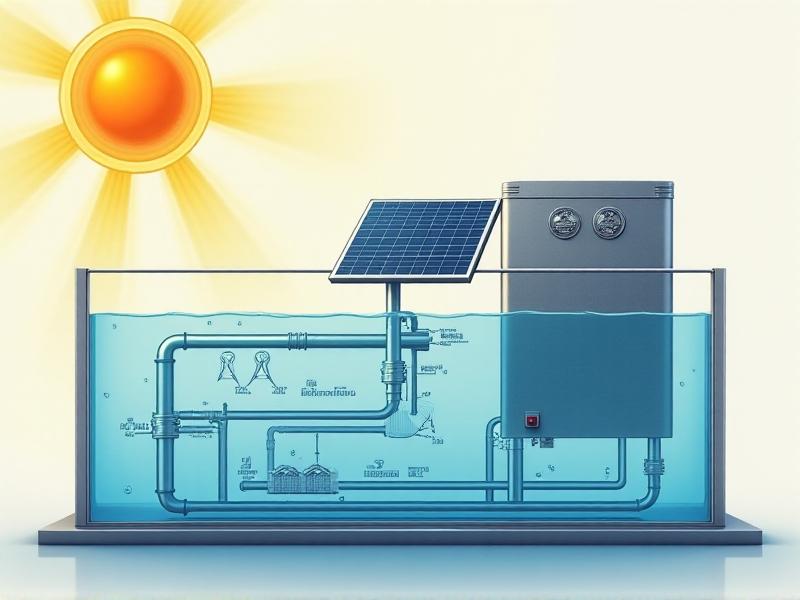
Environmental and Economic Benefits
Solar ice baths significantly cut operational costs by reducing electricity consumption—up to 80% compared to conventional electric chillers. Their carbon-neutral operation aligns with global climate goals, particularly in regions with high solar irradiance. For sports facilities or recovery clinics, the long-term savings offset initial installation costs, which range from $5,000 to $20,000 depending on capacity. Additionally, these systems qualify for green energy tax incentives in many countries, enhancing their financial viability.

Design Considerations for Optimal Performance
Designing an efficient system requires evaluating location-specific factors like sunlight availability and seasonal weather patterns. Tilted solar arrays maximize energy capture, while hybrid systems incorporating wind or grid backup ensure reliability. Insulation materials such as polyurethane foam or vacuum panels are critical for maintaining low temperatures. Modular designs allow scalability, enabling users to start small and expand as demand grows. Aesthetic integration is also key; some models feature foldable panels or camouflaged tanks to blend into urban or natural settings.
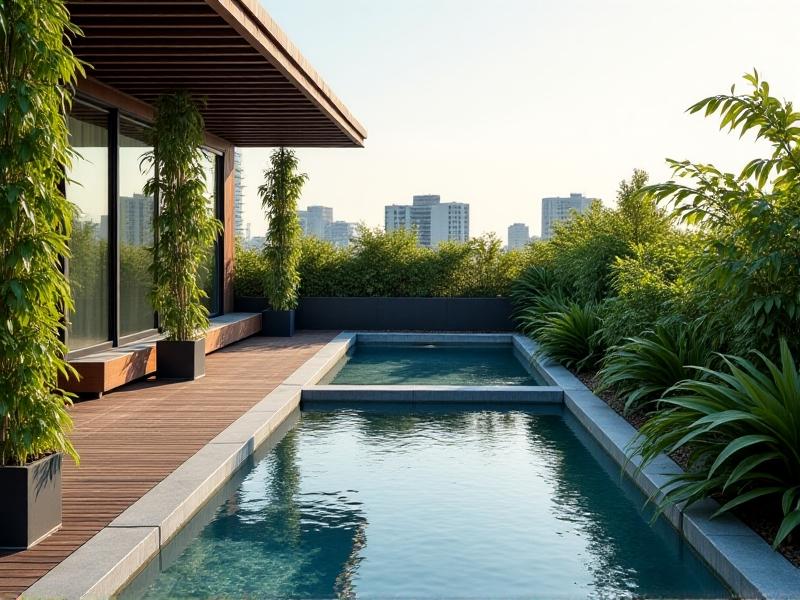
Applications Beyond Athletic Recovery
While popular in sports, these systems have broader applications. Medical clinics use them for post-surgery inflammation control, while disaster relief organizations deploy portable versions to preserve vaccines in off-grid areas. In hospitality, luxury resorts offer solar-chilled plunges as part of wellness retreats. Even agricultural sectors utilize them to cool harvested produce, reducing spoilage in remote farms without reliable electricity.
Overcoming Challenges and Future Innovations
Current limitations include higher upfront costs and space requirements for solar arrays. However, advancements in photovoltaic efficiency and phase-change materials are addressing these hurdles. Startups are experimenting with transparent solar glass for urban installations and AI-driven predictive cooling to optimize energy use. As battery storage becomes cheaper and more compact, solar ice baths will likely transition from niche products to mainstream solutions, reshaping how we approach cooling in a warming world.






